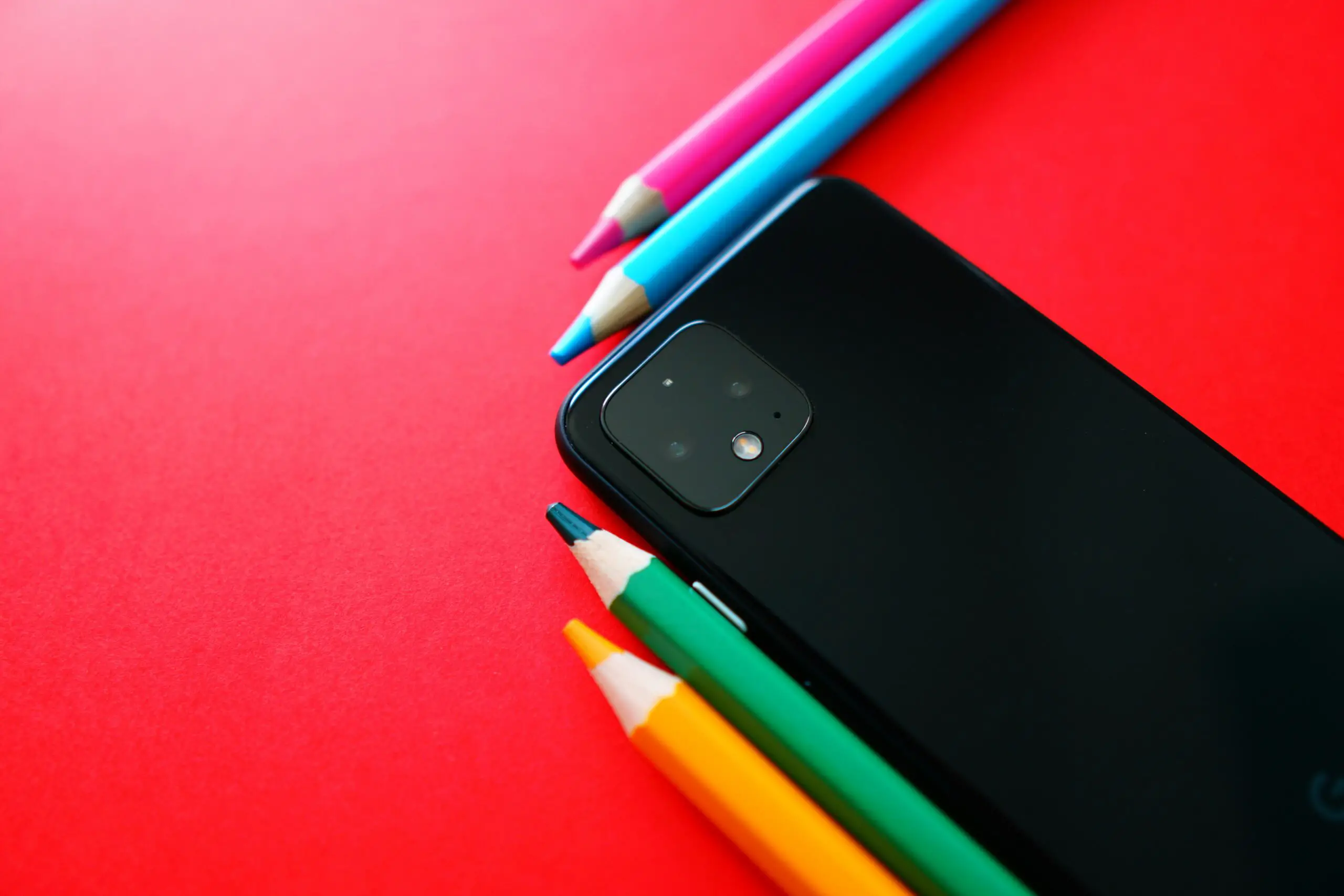The world of smartphone photography is constantly evolving, with new features and technologies emerging every year. In the realm of low-light photography, Google Pixel smartphones have consistently stood out, thanks to their impressive Night mode capability. In this article let’s demystify Google Pixel Night Mode.
Table of Contents
Google Pixel Night mode has garnered widespread acclaim for its ability to produce clear and bright photos even in the darkest of environments. But how does this remarkable feature achieve such stunning results?
Delving into the Technical Wizardry of Google Pixel Night Mode
At the heart of Google Pixel Night mode lies a sophisticated technique called image stacking. This process involves capturing multiple images at varying exposure times and then combining them to create a single, high-quality photograph.
When you activate Night mode, the Pixel’s camera captures a series of short-exposure shots, which preserve the details in the scene. Simultaneously, it takes a single long-exposure shot, which captures more light.

The Pixel’s computational photography software then seamlessly combines these images, leveraging the strengths of each. The short-exposure shots provide the intricate details, while the long-exposure shot enhances the overall brightness and reduces noise.
Key Factors Contributing to Google Pixel Night Mode’s Excellence
Several factors contribute to the exceptional performance of Google Pixel Night mode:
- Hardware Excellence: The Pixel’s camera hardware is meticulously designed for low-light photography. Its large sensor, coupled with a wide aperture, enables it to capture more light, even in dimly lit conditions.
- Software Mastery: Google’s image processing software is meticulously crafted for low-light photography. It expertly combines multiple images, reducing noise and enhancing image quality while preserving the finer details.
- Machine Learning Prowess: Google Pixel Night mode harnesses the power of machine learning to continuously refine its performance. By analyzing the images you capture, the software continuously learns and adapts, producing even better results over time.
A Comparative Analysis of Google Pixel and iPhone Night Modes
In today’s smartphone photography landscape, capturing stunning images in low-light conditions has become increasingly crucial. Two industry titans, Google and Apple, have risen to the challenge by introducing impressive night mode capabilities on their flagship smartphones, the Pixel and iPhone, respectively.
Google Pixel Night Mode: A Computational Photography Marvel
Google Pixel Night mode is renowned for its ability to produce clear and bright photos even in near darkness. This remarkable feat is achieved through a combination of hardware and software advancements.
The Pixel’s camera hardware boasts a large sensor and a wide aperture, allowing it to gather more light in low-light conditions. Additionally, Google’s computational photography software employs image stacking, a technique that involves capturing multiple images at different exposures and then combining them to create a single, high-quality photograph.
Pixel Night mode also leverages machine learning to continuously improve its performance. By analyzing the images you capture, the software continuously learns and adapts, producing even better results over time.
iPhone Night Mode: A Masterclass in Adaptive Exposure
The iPhone’s Night mode is not to be outdone. It excels in capturing clear and detailed images in low light by utilizing a combination of adaptive exposure and machine learning.
When you activate Night mode on the iPhone, the camera automatically adjusts its exposure settings to capture as much light as possible without overexposing the highlights. The camera also takes a series of images at different exposure times and then intelligently combines them to create a single, well-lit photo.

Apple’s machine learning algorithms play a crucial role in enhancing Night mode performance. By analyzing the scene and the captured images, the software can identify and reduce noise, brighten shadows, and enhance details, resulting in stunning low-light photographs.
Head-to-Head Comparison: Pixel Night Mode vs. iPhone Night Mode
Both Google Pixel Night mode and iPhone Night mode excel in capturing low-light photography. However, there are subtle differences in their approaches:
- Image Stacking vs. Adaptive Exposure: Google Pixel Night mode relies on image stacking, while iPhone Night mode utilizes adaptive exposure. Image stacking can sometimes result in slightly artificial-looking images, while adaptive exposure produces more natural-looking results.
- Machine Learning Focus: Google Pixel Night mode places a strong emphasis on machine learning, while iPhone Night mode employs machine learning more subtly. Google’s approach can lead to more impressive results in extremely low-light conditions, but iPhone Night mode’s subtler approach may produce more consistent results across a wider range of lighting conditions.
A Matter of Preference
Ultimately, the choice between Google Pixel Night mode and iPhone Night mode comes down to personal preference. Both modes produce exceptional results in low light, and each has its own strengths and nuances.
If you prioritize maximum performance in extreme low light and don’t mind the occasional artificial-looking image, Google Pixel Night mode is an excellent choice. If you prefer more natural-looking results across a wider range of lighting conditions, iPhone Night mode is a compelling option.
Regardless of your preference, both Google Pixel and iPhone offer exceptional night mode capabilities, empowering users to capture stunning images even when darkness prevails.
Conclusion: Google Pixel Night Mode – A Testament to Innovation
Google Pixel Night mode stands as a testament to Google’s dedication to innovation in smartphone photography. It empowers users to capture stunning images in challenging low-light conditions, transforming nighttime photography into a captivating experience.
So, if you’re seeking a smartphone with an exceptional camera that excels in low-light photography, look no further than the Google Pixel. With its Night mode, you’ll be able to capture the beauty of night, even when darkness prevails.


